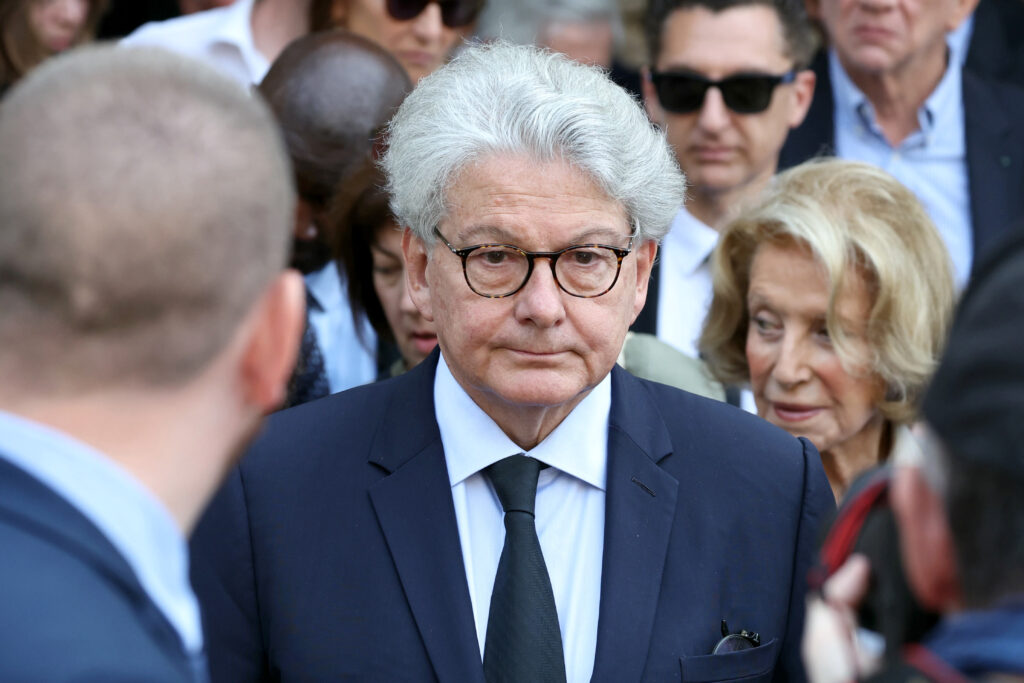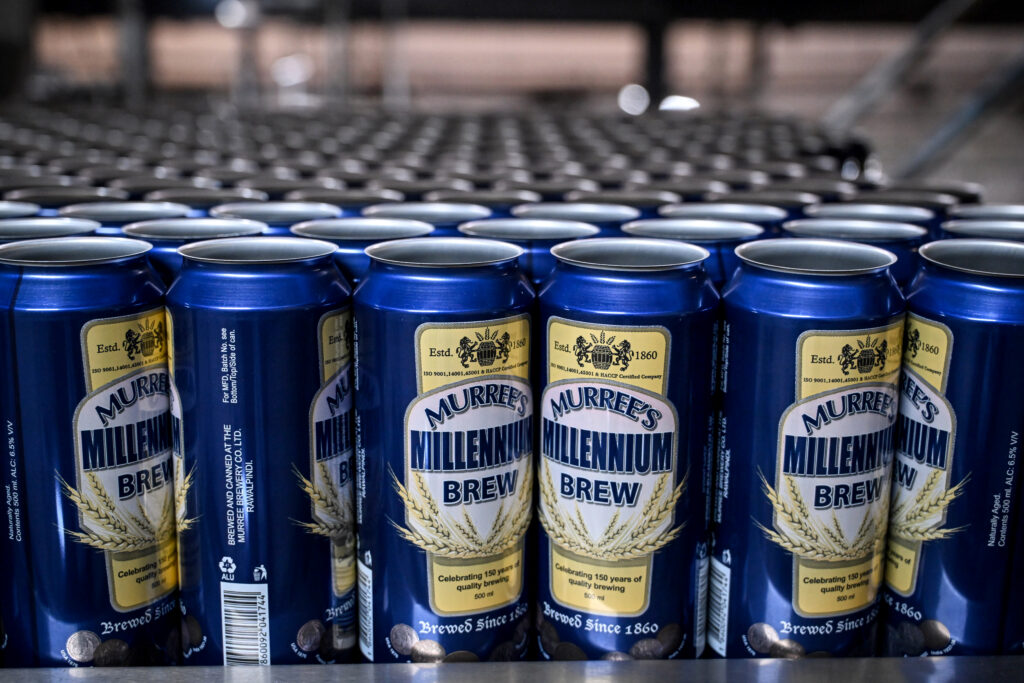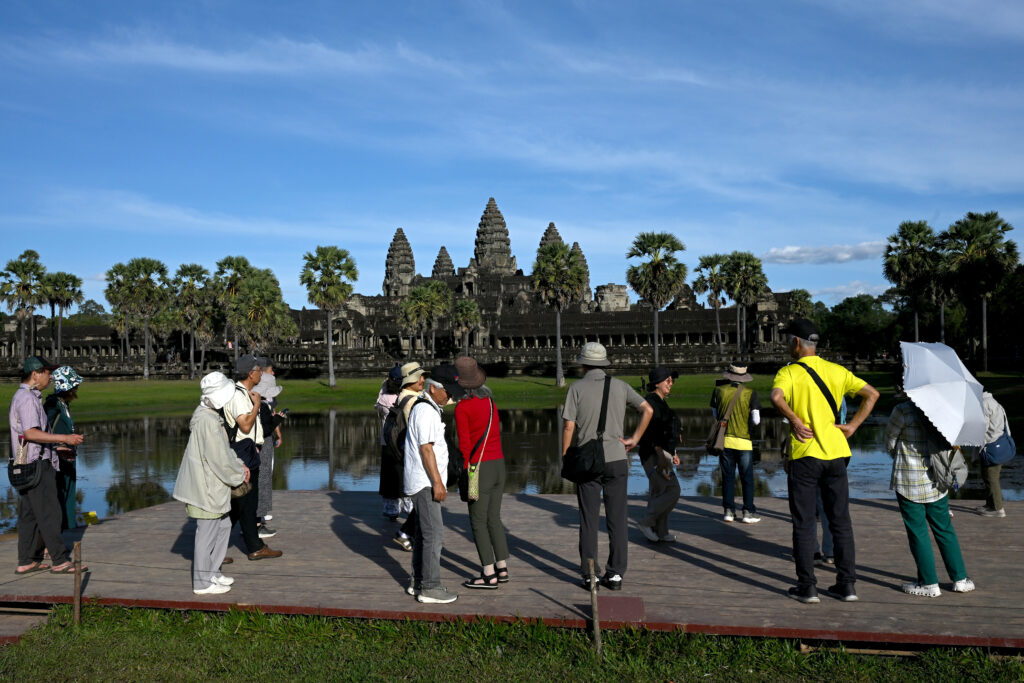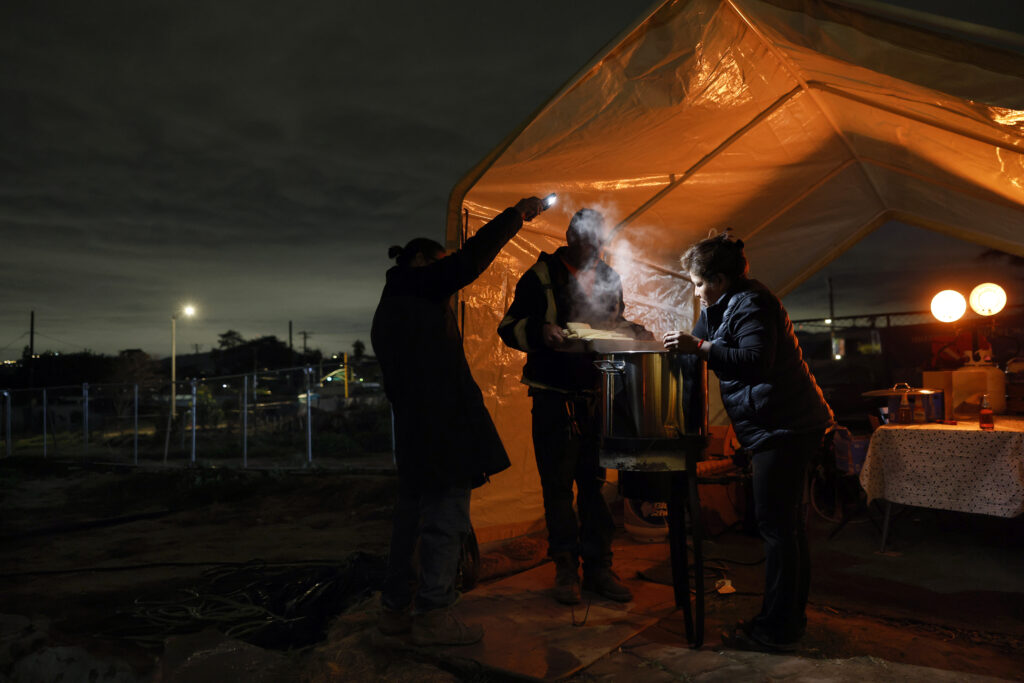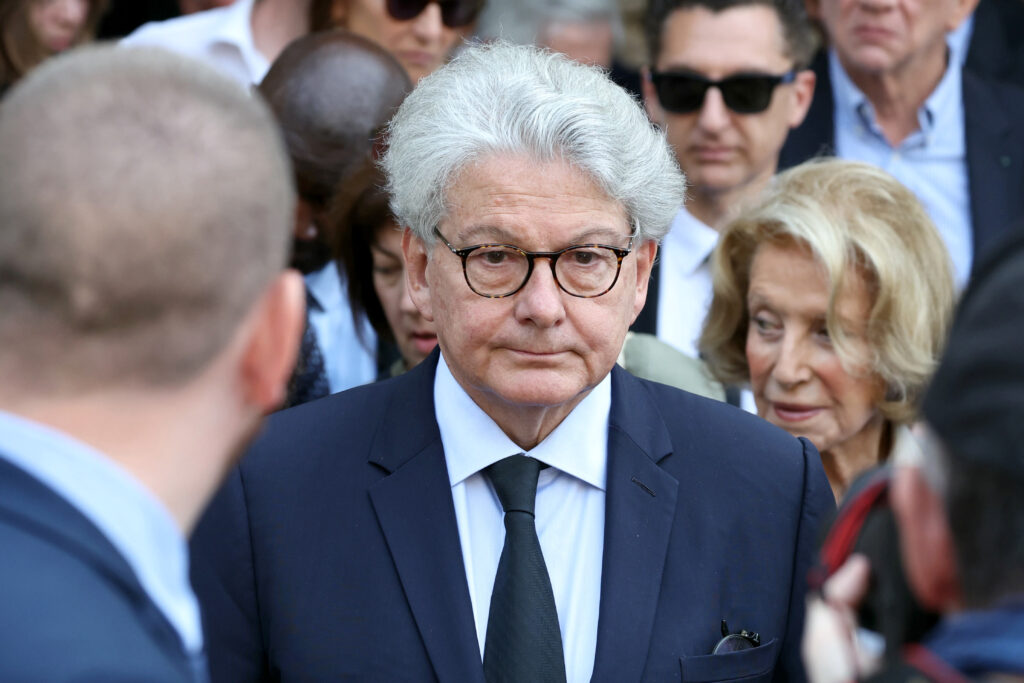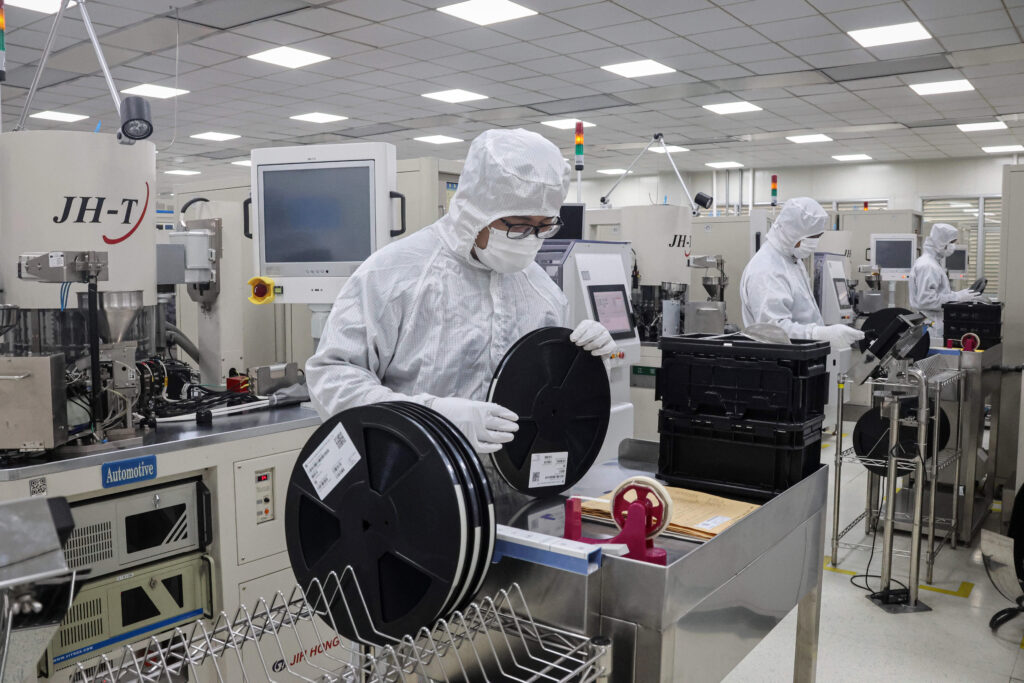US trade officials determined that China should be punished for employing unfair tactics to dominate the semiconductor industry, but will wait 18 months to impose tariffs, American authorities said Tuesday.A US Trade Representative (USTR) investigation concluded China’s targeting of semiconductors “for dominance is unreasonable and burdens or restricts US commerce and thus is actionable,” the agency said in a public notice.The current tariff level of zero will be increased “in 18 months on June 23, 2027 to a rate to be announced not fewer than 30 days prior to that date,” USTR said.Beijing said Wednesday it “firmly opposes” the move and accused Washington of abusing tariffs to “unreasonably suppress Chinese industries”.This “disrupts the stability of the global supply chain, hinders the development of all countries’ semiconductor industries and harms others while hurting itself”, foreign ministry spokesman Lin Jian.”We urge the United States to quickly correct its erroneous practices,” Lin said at a regular press briefing.USTR officials launched the probe in December 2024 in the final weeks of Joe Biden’s presidency, extending the initiative when US President Donald Trump took office in January.Trump has been a prolific purveyor of tariffs, unveiling sector-specific levies on steel, autos and other items as well as broader measures to achieve a variety of policy objectives.The White House has jousted with Beijing but reached a broad truce with China after a major escalation in the spring.The USTR’s “Section 301” probe concluded that China had employed “increasingly aggressive and sweeping non-market policies” to dominate semiconductors that have included “massive and persistent” state support of private actors and “wage-suppressing labor practices.”The USTR did not respond to an AFP query on the reason for the 18-month timeframe on tariffs.

